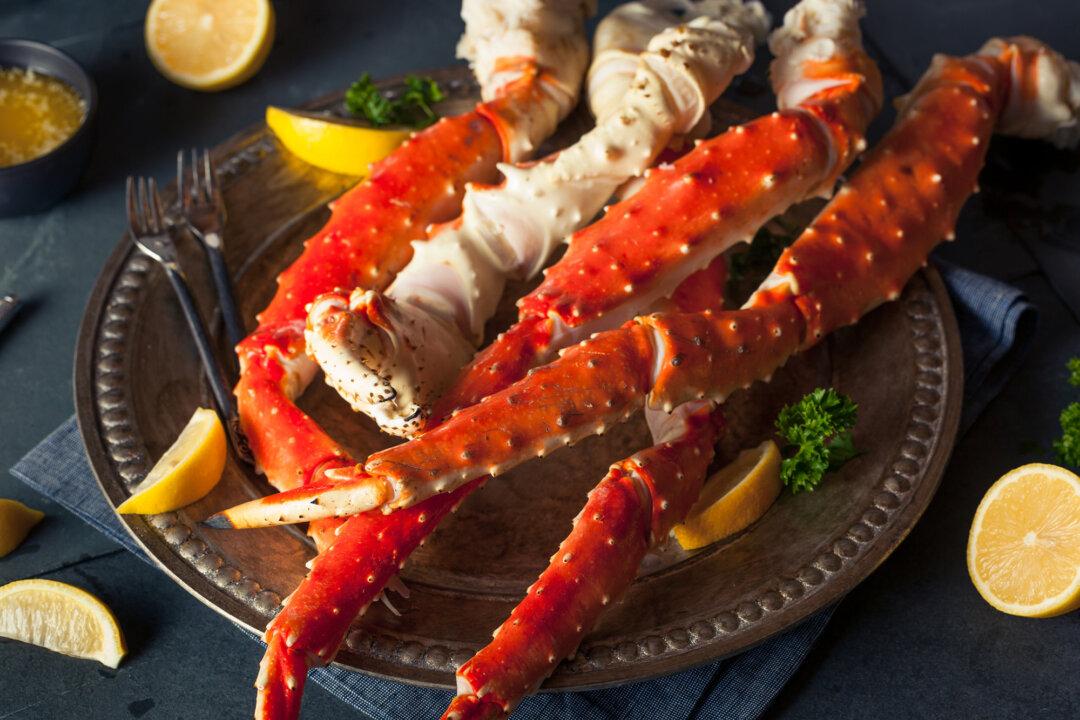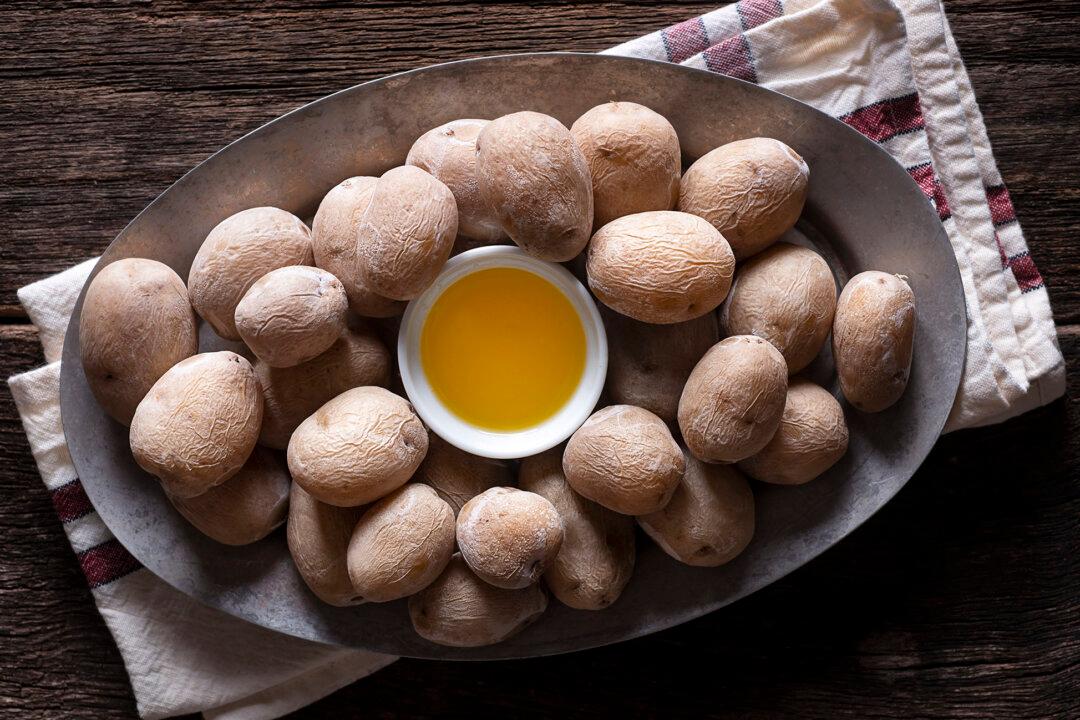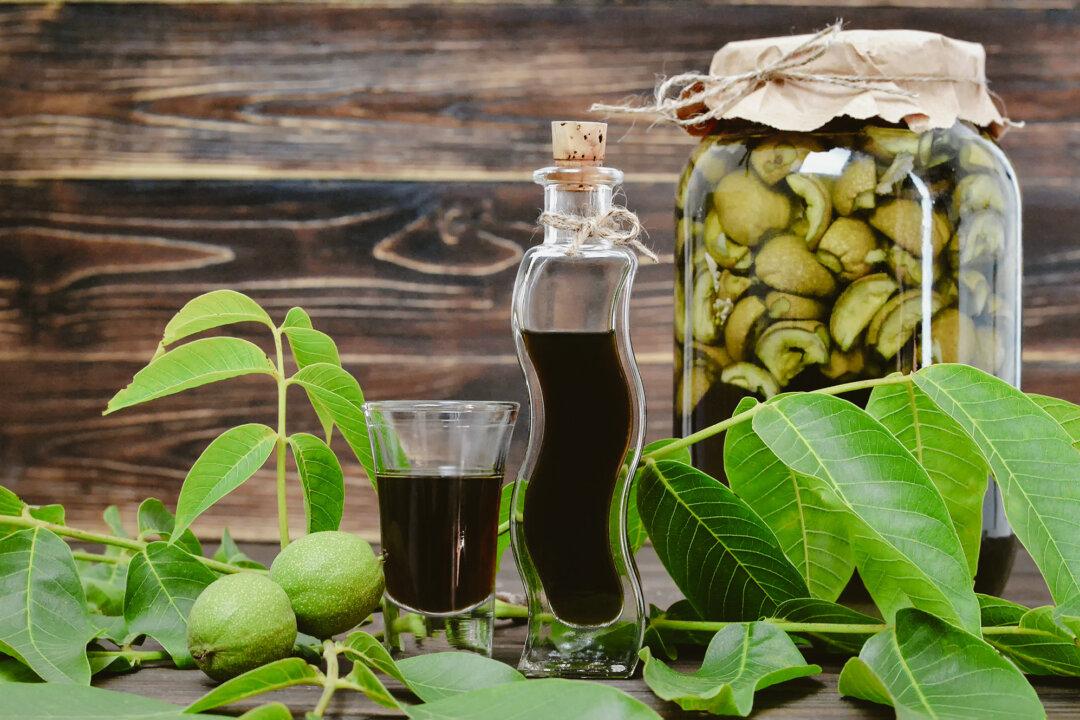Chislic is the most delicious traditional dish you’ve never heard of ... unless you’re from South Dakota, in which case, it’s the center of your social life. In 2018, the state legislature passed a bill, subsequently signed by the governor, to make chislic the state’s “official nosh.”
Within the southeastern corner of South Dakota lies the Chislic Circle, which has the small town of Freeman as its center, and encompasses the area that falls roughly within a 30-mile radius. Freeman is commonly believed to be the point of origin of the dish in the U.S., and now holds an annual festival in its honor.





